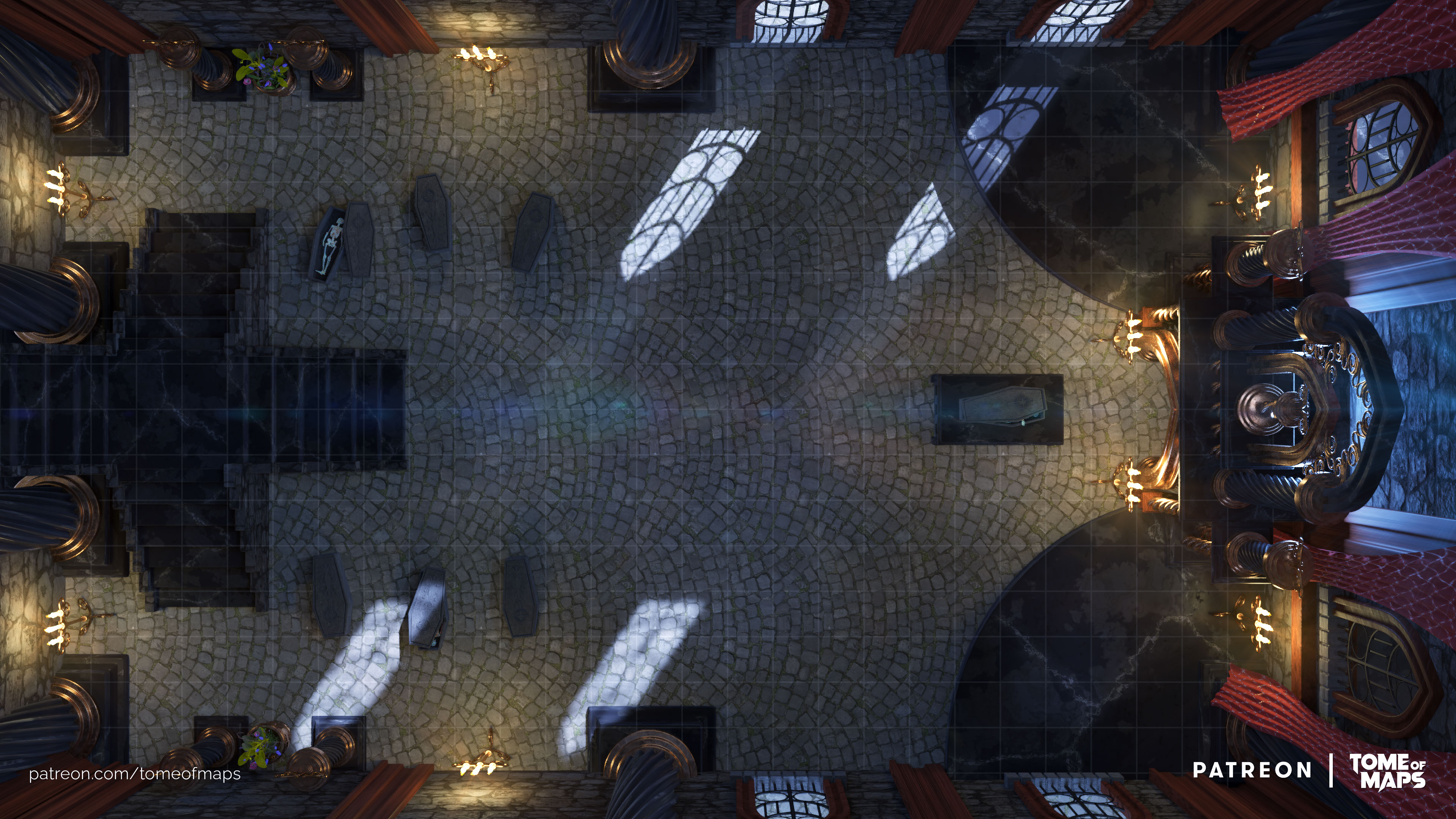

A small window had just been installed opposite the tomb to show the original cave walls where Jesus is believed to have been buried. “Every Christian, they want to come and visit the holy place and open his heart to them,” said Father Isidoros, 43, who first came to the church a quarter-century ago, and lives there.ĭucking his head, Father Isidoros brought me into the tiny room where the tomb rests. They closed it again quickly to avoid disrupting the visits of pilgrims who still flock to the church each day. The team worked around the clock for three days, gathering dirt and other material from inside the tomb for future study. That slab had not been seen since at least the 1500s. Beneath that, they found the limestone slab hewed from the wall of a cave that is believed to be where Jesus lay after his death. Once they removed the marble cladding, they discovered another marble slab with a cross carved into it. It was the tomb of Jesus Christ that is a symbol for all of Christianity - and not only for them but for other religions.” The top of the tomb was split, and the specialists worried that lifting it would break it. The specialists had no plans at first to open the tomb, but they decided a couple of weeks ago that they needed to do so in order to ensure that nothing could leak inside. Iron support bars that were fully corroded will be removed and replaced by titanium.

Rainwater had deteriorated much of the mortar over the centuries. They removed disintegrating mortar, reconstructed parts of the sometimes-swollen masonry, reset the columns and injected grout into cracks in the structure.

Under the direction of Antonia Moropoulou from National Technical University, the conservation experts removed the iron cage built by the British in 1947 to shore up the earthquake-damaged Aedicule and then began taking apart the shrine piece by piece. The National Geographic Society teamed up with the university to work on cultural restoration and the National Geographic Channel will air a program later this month documenting the project. But only after pressure from the Israelis did the three religious communities that jealously share the church, Greek Orthodox, Armenian Orthodox and Roman Catholic, agree to a renovation that began last spring.Ĭhosen to handle the project was the National Technical University of Athens, which had worked on restorations of the Acropolis in Athens and the Hagia Sophia mosque turned museum in Istanbul. The marble shrine, known as the Aedicule, was built in its existing form in 1810 during the Ottoman era and has been crumbling lately. In the end, just about 50 or so priests, monks, scientists and workers had peered inside, and they seem likely to be the only ones on the planet who will do so in our lifetimes. By the time I visited one dark night this week, the tomb had already been closed again. Now we saw with our own eyes the actual burial place of Jesus Christ.”įor 60 hours, they collected samples, took photographs and reinforced the tomb before resealing it, perhaps for centuries to come. “Before, nobody has.” Or at least nobody alive today. “We saw where Jesus Christ was laid down,” Father Isidoros Fakitsas, the superior of the Greek Orthodox Patriarchate, told me. And yet for ages, the tomb that sits at the center of history has captured the imaginations of millions around the world.įor centuries, no one looked inside - until last week, when a crew of specialists opened the simple tomb in Jerusalem’s Old City and found the limestone burial bed where tradition says the body of Jesus Christ lay after his crucifixion and before his resurrection. JERUSALEM - The only mystical power visible was the burning light from seven tapered candles.


 0 kommentar(er)
0 kommentar(er)
